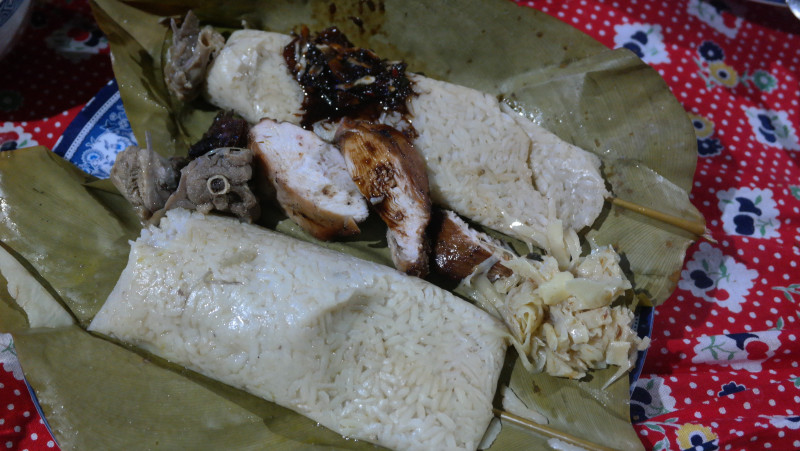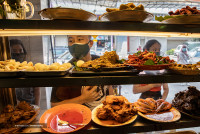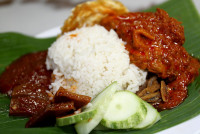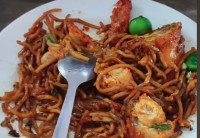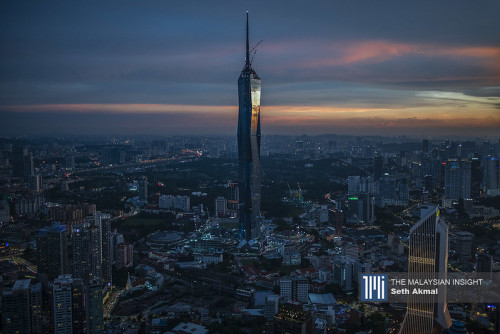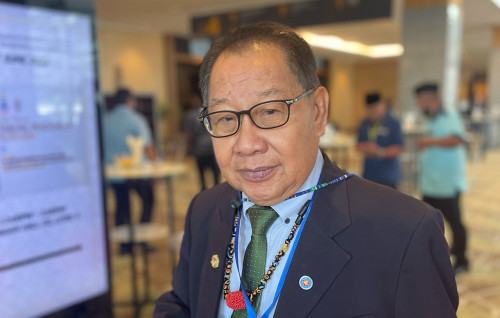THERE is nothing that sets off Malaysians more than conversations about food which often revolves around the cuisine of the three major races – the Malays, Chinese and Indians – as well as western and fusion fare.
However, often forgotten and left out of the equation is the authentic, organic and traditional cuisine of the country’s indigenous groups – the Orang Asli.
Despite being the first settlers of this land, little is known about their cuisine other than the fact that their staple food is tapioca – or so we have been told.
We are familiar with imported food, dishes and condiments – introduced by diverse communities who migrated to Peninsular Malaysia from various parts of the region, however, little is known about the endemic treasures in our forests, on which the indigenous populations have relied on as their supermarket for generations.
These include different varieties of wild ginger, turmeric, pandan leaves, lemongrass, shoots like pucuk rebung, pucuk nibong and pucuk ubi, vegetables like sayur meranti, aromatic leaves like daun semomok, daun kulim, daun bemban and kulim that replace ingredients like onion and garlic, and temu pauh – a rhizome with a tinge of green mango aroma.
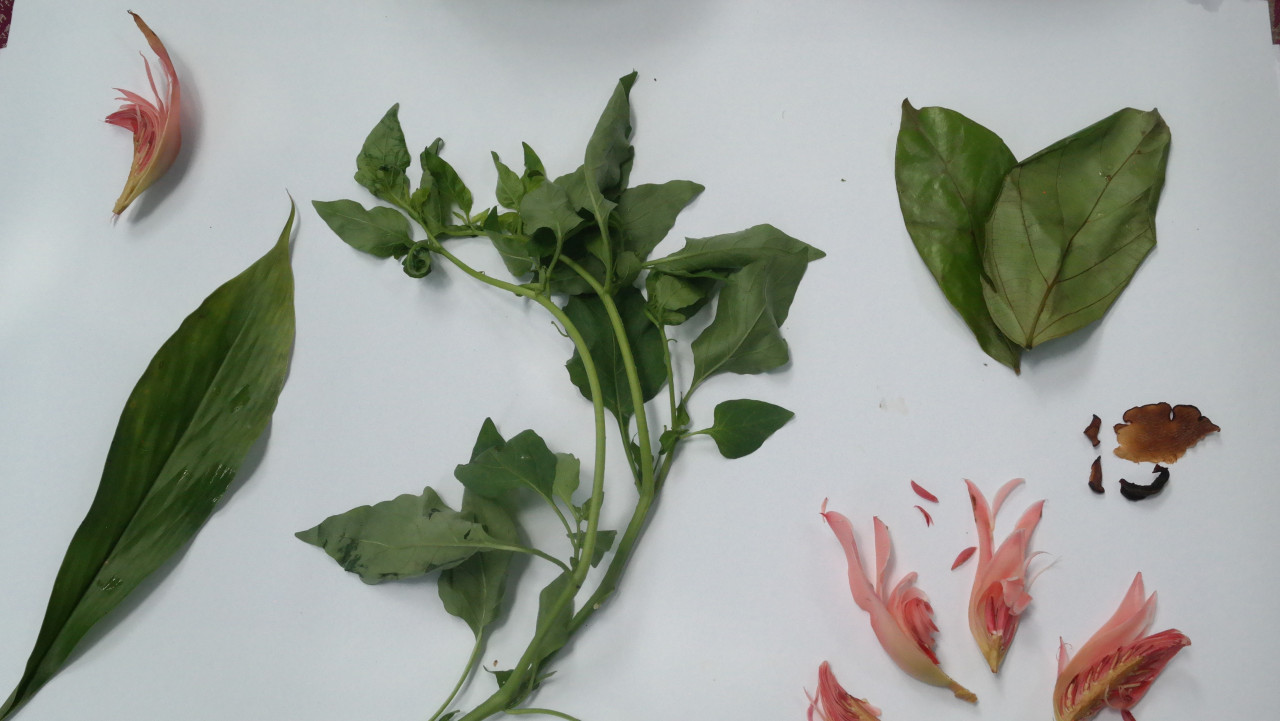
Syarifah Nadhirah, author of ‘Recalling Forgotten Tastes: Of Illustrated Edible Plants, Food and Memories’, has explored some of the unique culinary traditions of the Orang Asli, namely the Semai and Temuan subgroups and says the food and flavours of the indigenous tribes are generally very simple and dependent on the yield of the forest around them.
These communities do not use oil to cook, thus fried foods are rare. Food is often boiled or roasted over fire and rarely cooked with garlic and onions that are popular ingredients in other cuisines.
This, however, depends on where these communities are located, she said. The ones in the interior have a simpler form of food preparation with plants foraged from the forest around them, while those that are closer to urban areas and have easy access to markets and shops, tend to incorporate more modern ingredients and use oil in their cooking, said Syarifah, adding that these communities often have similar food and condiments as the broader Malay community.
Sayur meranti is one of the more popular types of vegetables in Orang Asli Semai and Temuan cuisines. It is a wild crop that often sprouts in land cleared for farming and agriculture.
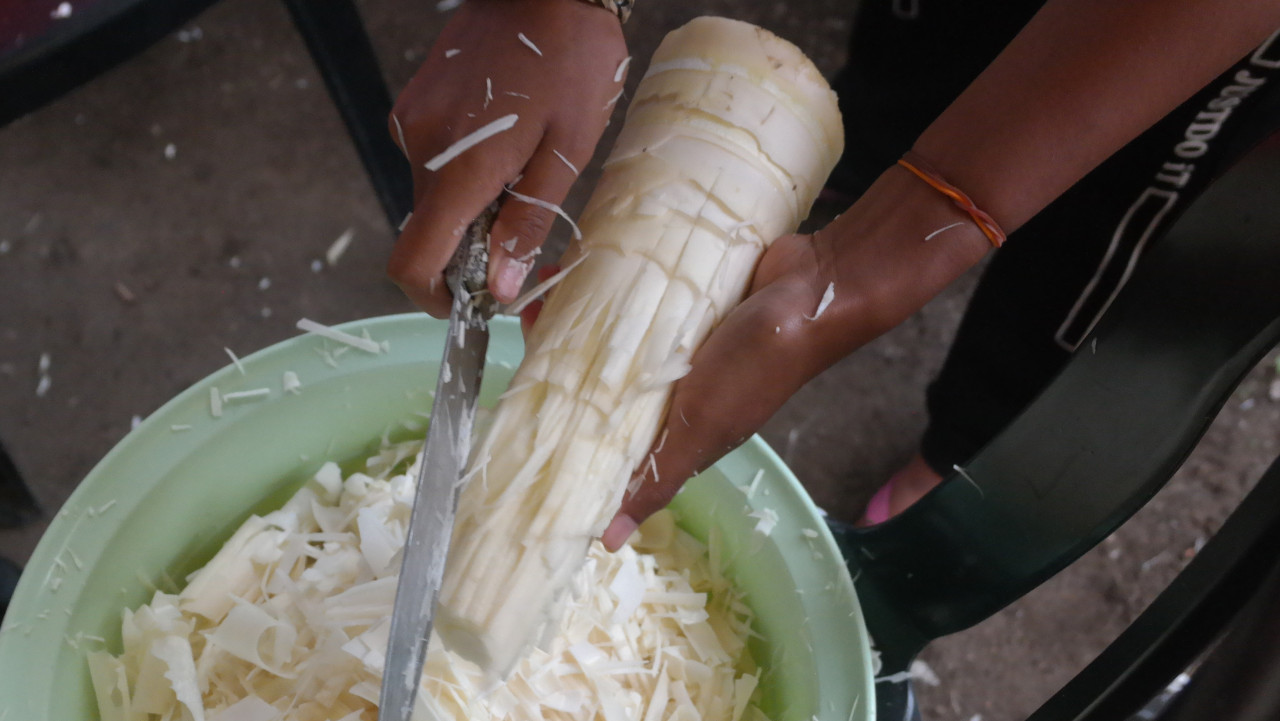
Pucuk rebung is a shoot that is often fried with some chilli and has a pleasant cabbage-like taste. For tribes closer to towns and cities, these dishes are often prepared with anchovies and onions.
Syarifah said one of the more common staples is ubi kikir (boiled or roasted tapioca). This is usually fermented, dried out in the sun, then roasted until it becomes granulated.
“It looks like quinoa but smells very pungent because of the fermentation. This is their staple food accompanied by various dishes when rice is not available,” she said.
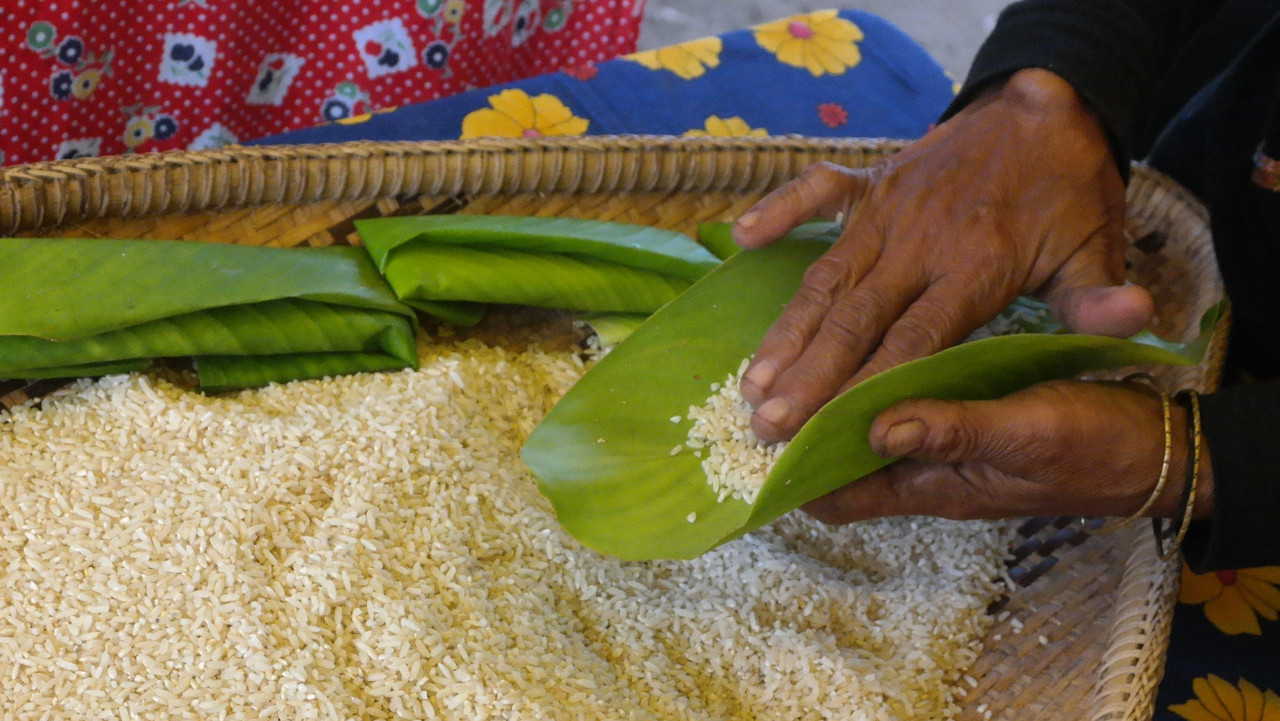
Some tribes like a Semai tribe that Syarifah encountered in Pahang plant their own variety of rice with heirloom seeds passed down by their ancestors. The tribe refers to this as padi bukit (hill paddy). Its harvest is seasonal, and the rice has a very different taste and texture. The grains are cooked in daun bemban which gives it a nice aroma.
Protein sources for Orang Asli also come from the forest around them – jungle fowl, wild boar, freshwater fish and saltwater fish (for tribes living along coastlines).
Ayam masak buluh (fowl cooked in bamboo) is one of the more popular preparations. The Semai and Temuan tribes marinate the jungle fowl with thinly sliced daun semomok, salt, chilli and turmeric. Then it is stuffed into bamboo and roasted over fire, said Syarifah.
One popular fish dish is ikan pais where the fish is marinated in tempoyak (fermented durian), fresh turmeric, and daun kulim which enhances the flavour of the dish with its pleasant smell. It is then wrapped in banana leaf and roasted over fire.
The stronger smelling daun semomok is used by the Temuans as a replacement for onions. It is their condiment flavouring for dishes, said Syarifah, adding that the leaf gives a mildly pungent and flavourful hit to dishes.
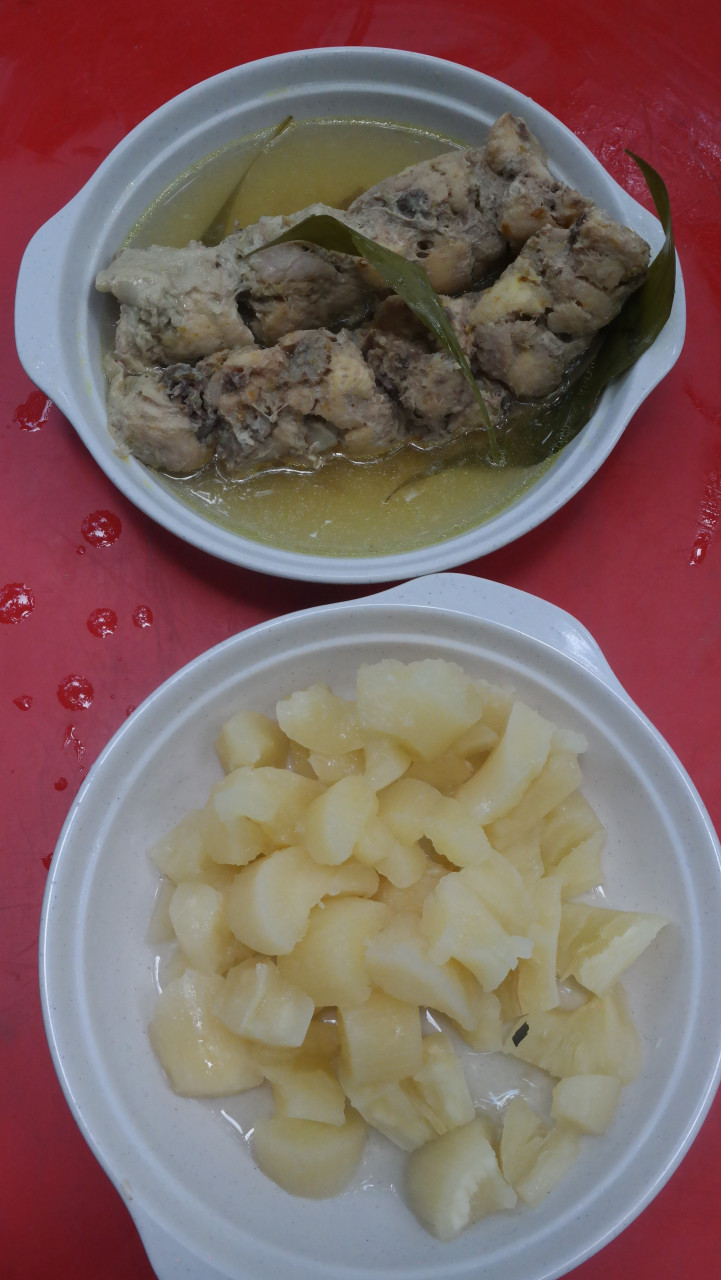
Bunga kantan (torch ginger), which is common in Malay and Nyonya cooking, is readily available in the forest and thus a popular condiment in Orang Asli dishes.
Syarifah noted that the Temuan tribe in Jelebu that she met were fond of spicy food, probably owing to their familiarity with Minangkabau cuisine.
A lot of their food is interconnected with Malay cuisine, like the use of tempoyak and chilli, which were introduced by groups who migrated to Peninsular Malaysia from around the region.
There is even bamboo cake made with flour, water, palm sugar and roasted over flames for dessert – simple and fuss-free.
There is a host of other plants, fungi, roots, shoots, fruits, plants and wild plants that are used by the various tribes in Peninsular Malaysia and East Malaysia for their cuisine, and there is much more to explore and savour.
International Work Group for Indigenous Affairs (IWGIA) records in 2015 indicate that there are 18 Orang Asli subgroups in Peninsular Malaysia, while in Sarawak they make up 70.5% of the total population and 58.6% of the population in Sabah. – The Vibes, February 20, 2021



